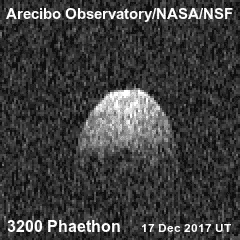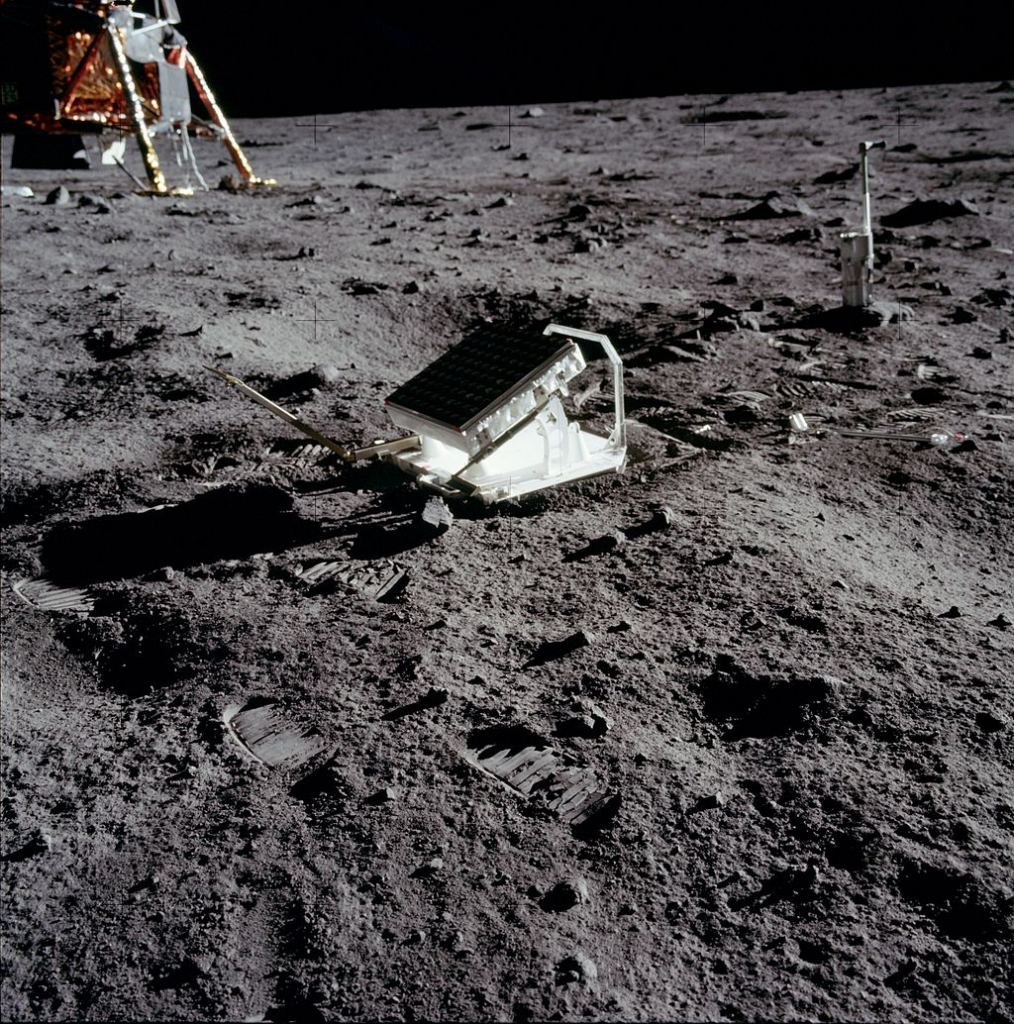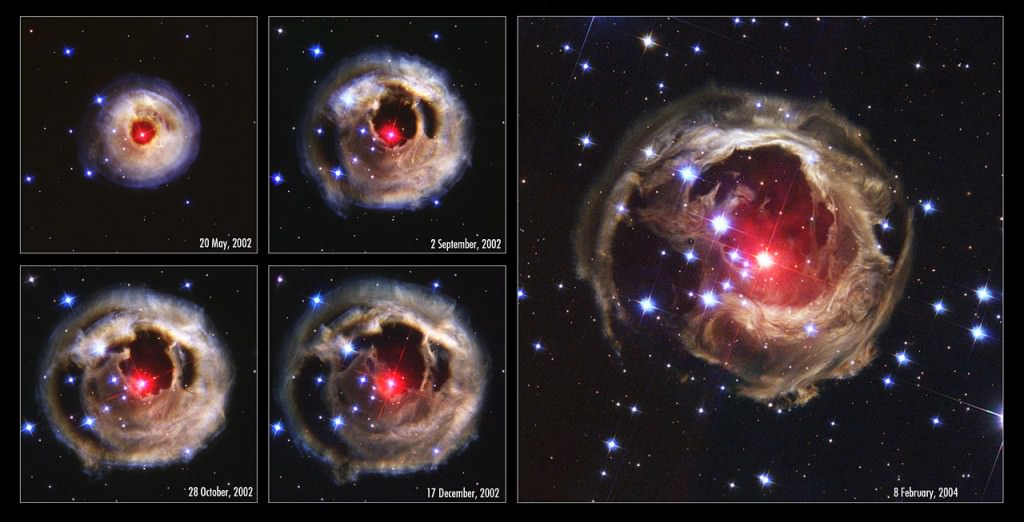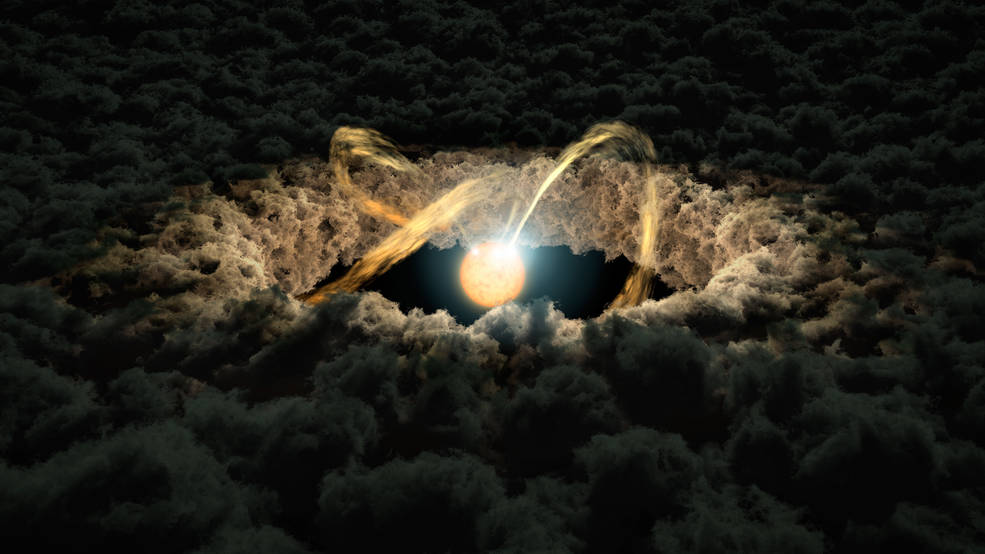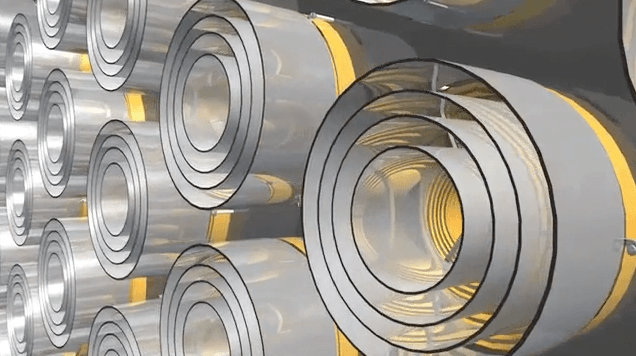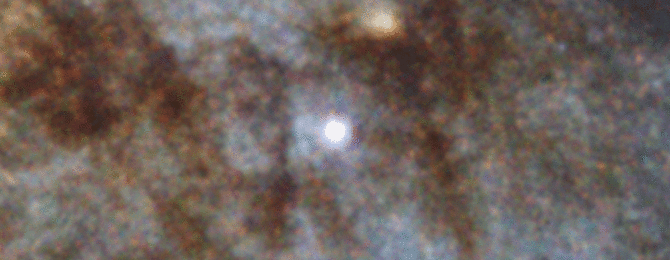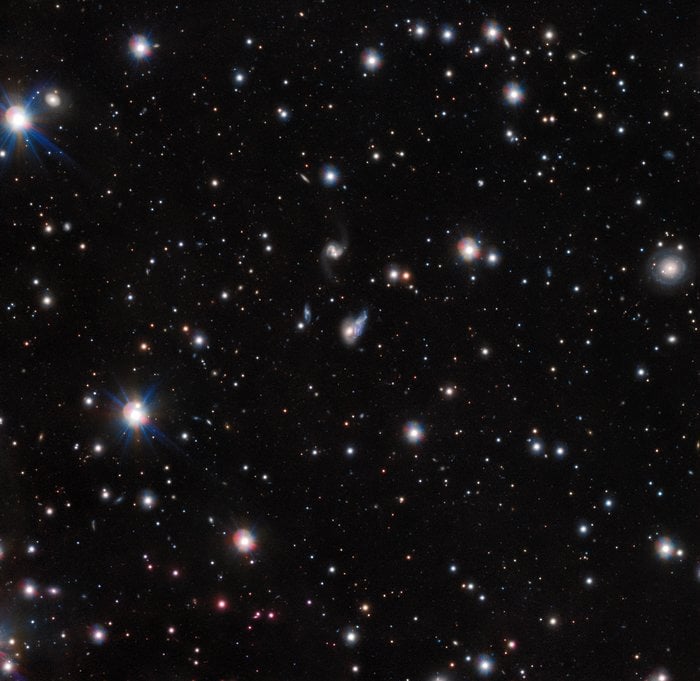When we look outward into space, we're looking backwards in time. That's because light moves, at the speed of light. It takes time for the light to reach us.
But it gets even stranger than that. Light can be absorbed, reflected, and re-emitted by gas and dust, giving us a second look.
They're called light echoes, and allow astronomers another way to understand the Universe around us.
We're all familiar with the idea of an echo. Sounds travel through the air, and then reflect off a distant object and return. You hear the original sound, and then the reflected sound. And from that reflection, you can learn about the reflecting surface. Is it close or far? What's it made out of?
That's because sound moves at a speed of approximately 343 meters per second. Light, on the other hand, moves at a speed of almost 300,000 km/s. Too fast for your eyes to see the reflection, but out in space, where objects can be many light-years across, astronomers can see spheres of light moving through clouds of gas a dust, echoes of powerful flares and supernovae.
The best example of a light echo is radar, used to bounce radio signals off objects to map them out. A radar consists of a transmitter, to send the signals, and then a receiver, to capture them again.
Since you know how fast light moves, you can detect your radio pulse bouncing off objects, and then use that figure out how far away everything is from you.
Here on Earth, they're used by boats and airplanes to navigate around, as well as weather tracking.
But astronomers use radar to find the distances to planets and map out the surfaces of asteroids. For example, when the asteroid 3200 Phaethon made its closest approach to Earth in December 2017, the Arecibo radio observatory gathered these images of its surface.
Radio waves are the perfect form of electromagnetic radiation for detecting reflections. When light bounces off a distant object, it's already very faint, and then it has to return making it even fainter.
But lasers have also been used to measure the distance to the Moon. When the astronauts landed on the Moon during the Apollo missions, they placed special retroreflectors on the surface. Scientists on Earth can shoot a powerful laser at the Moon, and detect the reflected light as it returns.
Once again, by knowing the speed that light is traveling, they can calculate the distance to the Moon by seeing how long it takes for the reflected laser light to return to Earth.
But to really take advantage of reflected light, you need go much much brighter. Like, the energy output of a newly forming star, and exploding star, or actively feeding supermassive black hole.
Nature is releasing electromagnetic radiation all the time, in the form of visible light, infrared radiation, and even radio waves. And astronomers have figured out ways to see the reflected light to make discoveries about the Universe.
An image that you might be familiar with is the star V838 Monocerotis, located about 20,000 light-years away. Astronomers are still trying to work out why, but for some reason in 2002, the red supergiant star's outer layers greatly expanded, making it the brightest star in the entire Milky Way - outshining the Sun by a factor of 600,000. It was like a flashbulb suddenly going off in a darkened room.
It wasn't a nova, where material piles up on the surface of a white dwarf. And it wasn't a supernova, where a massive star detonates at the end of its life. It was something else.
As quickly as V838 brightened, it faded away. But the after effect of this flash has been visible for almost two decades after the event.
Watch this animation, made up of separate observations of V838 over several years. This isn't an explosion, it's the light moving in a sphere through the interstellar gas and dust surrounding the star. As it passes through dust, it gets scattered and takes a longer journey to get to Earth.
This light echo allowed astronomers to study the nature of the dust, which could have been thrown off by the star a long time ago, but wasn't visible to astronomers without this flashlight provided by the star.
Astronomers have used light echoes to study the formation of planets around a young star. In this case, NASA's Spitzer Space Telescope and 4 ground-based observatories were used to measure the size of the gap around a newly forming star to its protoplanetary disk.
The star is called YLW 16B, and it's located about 400 light-years from Earth. It's about the same mass as the Sun, but it's only 1 million years old - just a baby.
Even in these powerful observatories, the protoplanetary gap is too small to be measured directly. Instead, they used light echoes to get at the size.
Young stars are variable in brightness, changing the amount of light they're putting out from day to day. Material swirls out of the protoplanetary disk, gets caught up in the star's magnetic field lines, and then falls down onto the star, lighting it up.
As the star changes in brightness, some of that extra light hits the planetary disk, creating an echo that astronomers can detect.
Since they know how fast the light is going, they were able to calculate how long it was taking for the brightening to reach the disk, and calculate how big the gap is.
The light takes 74 seconds to reach the gap, which means that it's 0.08 astronomical units, or 12 million kilometers away from the star. Just for comparison, the distance from the Sun to Mercury is about 60 million kilometers.
Another example of light echoes in astronomy was recently used to study the environment around a stellar mass black hole.
Astronomers used the Neutron Star Interior Composition Explorer (or NICER) payload on board the International Space Station. This instrument was able to detect the X-ray emissions from a newly discovered black hole called J1820, which was feeding off a companion star.
The black hole is located about 10,000 light-years away in the constellation Leo, and it was first discovered by the European Space Agency's Gaia mission.
In March 11, 2018, the black hole suddenly flared up, becoming one of the brightest objects in the X-ray sky. Of course, it wasn't the black hole itself that flared up, it was from the accretion disk that surrounds the black hole made of material stolen from its companion star.
This material is swirling around, heated up by the intense pressure and magnetism of the environment generates X-ray radiation. It's surrounded by a corona, a region of subatomic particles measuring 1 billion degrees Celsius.
An instability in the disk can cause a collapse, like an avalanche falling down a mountain, releasing a burst of radiation.
It's this inside edge of the accretion disk that astronomers wanted to be able to study. Once again, you've got a source of illumination, the flare caused by a disk collapse. This releases X-rays directly in all directions, but X-rays also pass through the disk, reflecting back at us at different wavelengths and intensities.
Astronomers were able to see that the gap between the black hole and its accretion disk doesn't seem to shift during one of these flare events, but the surrounding corona does change dramatically, shrinking down going from 160 km to 16 km.
In January 2014, astronomers discovered a brand new supernova in the galaxy M82. Known as SN 2014J, this was a Type 1a supernova, where a white dwarf steals material from a companion star. When it hits about 1.4 times the mass of the Sun, it explodes - clearly visible from millions of light-years away.
At only 11 million light-years away, this was the closest Type 1a supernova astronomers had seen in 40 years, and it was the perfect opportunity to study with the Hubble Space Telescope.
Hubble observed the region 10 months after the supernova went off, and then again two years later. And you can clearly see the radiation from the explosion, moving through the surrounding material, illuminating it at the speed of light.
Astronomers estimate that this region of gas and dust extends about 300 to 1,600 light-years around the dead star, and it's getting illuminated one light year per year by the reflected light from the supernova explosion.
In fact, astronomers have seen this happen more than 15 times, but this was the closest and so the highest resolution they've ever been able to see.
Let's go bigger. This is an image of a collision between galaxies in the process of merging. The larger galaxy, ShaSS 073 has an actively feeding supermassive black hole at its core, which makes it incredibly bright. The less massive galaxy is called ShaSS 622.
Radiation is pouring out of the accretion disk around the supermassive black hole and bombarding the smaller galaxy, causing it to glow as it absorbs and then re-emits the light. It's a tiny spot in this image, but it's 1.8 billion square light-years in space.
But here's the strange part. According to their calculations, astronomers found that it's not enough radiation to make it glow this bright. Instead, the flare up happened 30,000 years earlier, when the galaxy core was much brighter and they're seeing the reflected light now.
The fact that light moves at constant speed is so helpful for exploring the Universe, even when it echoes.
 Universe Today
Universe Today

